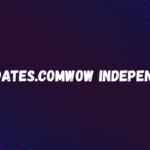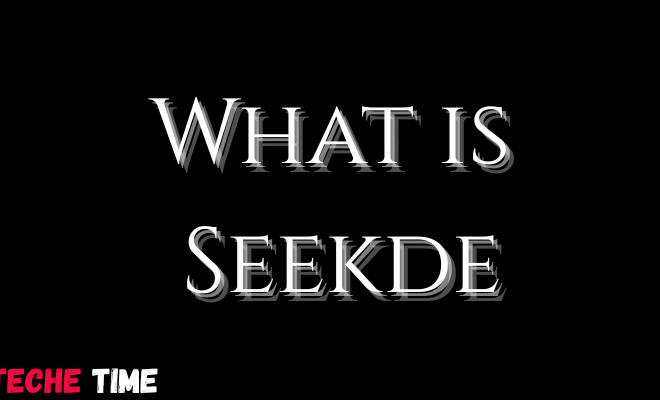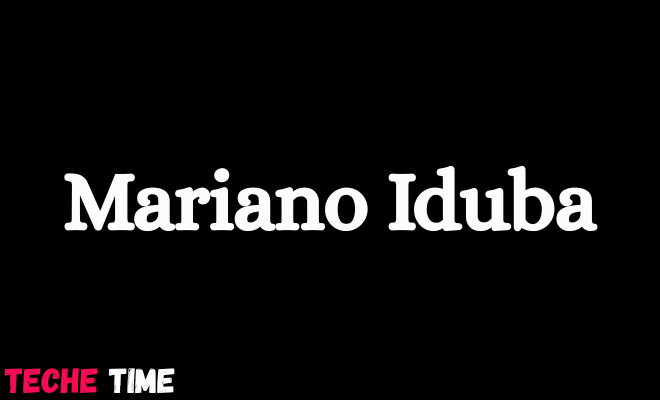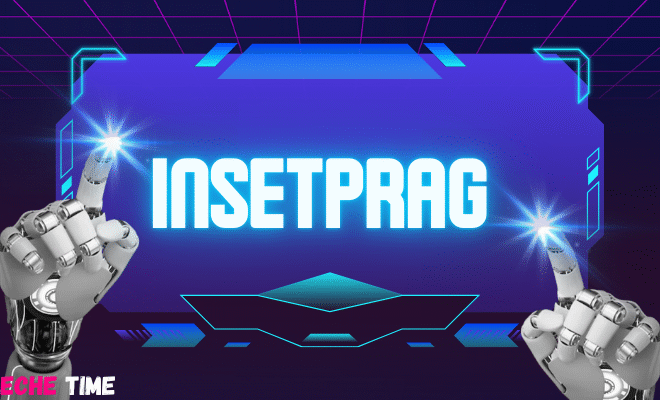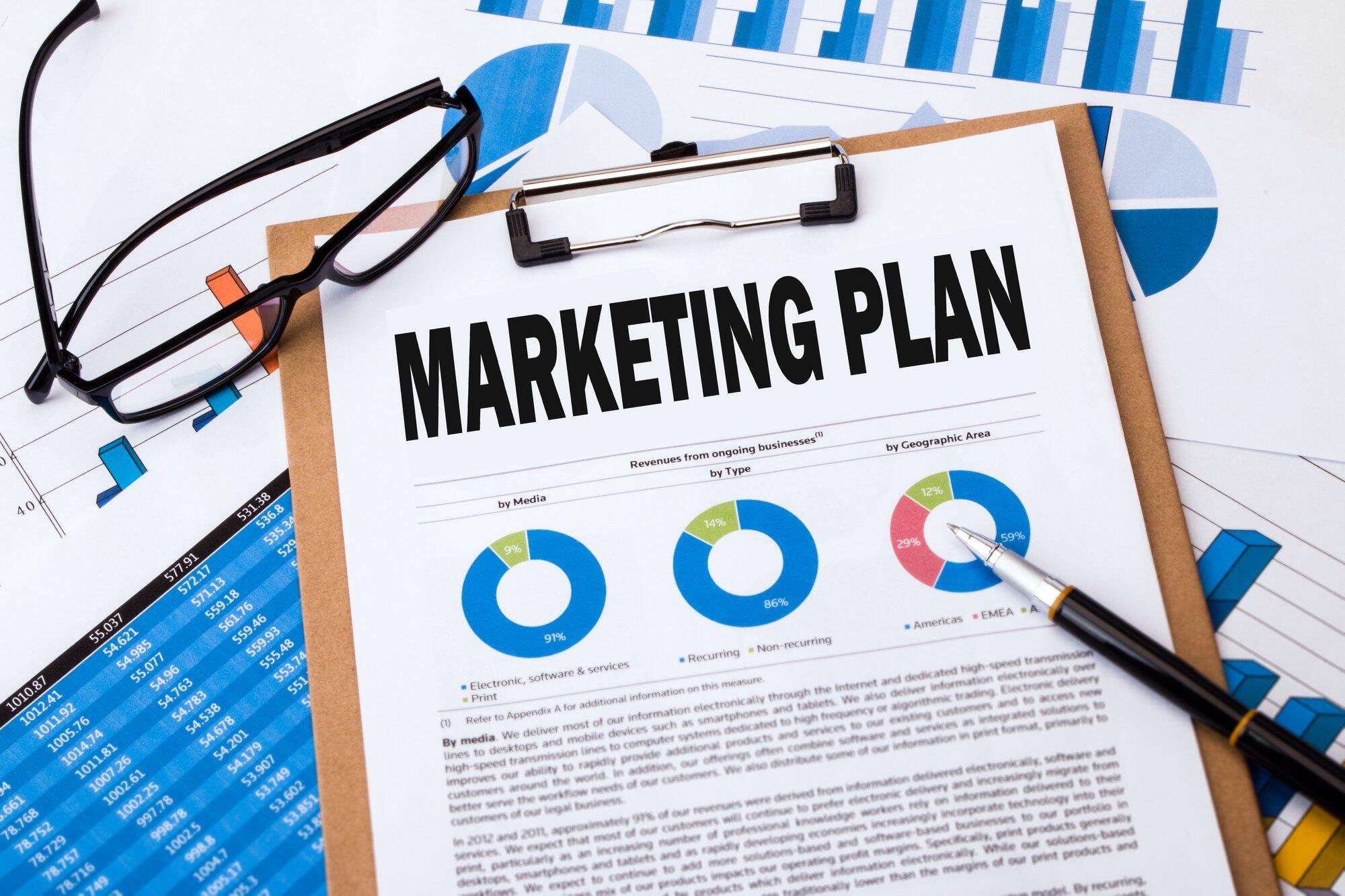
Crafting a Comprehensive Email Marketing Automation Strategy
Email marketing remains a stalwart in the digital marketing landscape. It’s the grandparent of modern marketing communications.
Yet, in the age of sophisticated analytics and automation, email marketing has evolved into a powerhouse. It has become more versatile and valuable than ever before.
In this guide, we’ll break down the essential components of a robust email marketing automation strategy. This comprehensive roadmap will help you outline a pathway toward more effective and efficient communication. That way, you can boost both your brand’s recognition and your bottom line.
Read on!
Segmentation and Personalization
Segmentation and personalization are key elements in any successful email marketing strategy. By dividing your subscriber list into smaller groups based on specific criteria, you can tailor your messaging to fit the needs and preferences of each segment.
This approach allows for more targeted communication. This can result in higher:
open rates
click-through rates
conversions
It also shows that you value your subscribers as individuals, rather than just a part of your mass email list. Even most of today’s marketing services offering the ultimate ecommerce marketing plan they have, allow for easy segmentation based on:
demographic
geographic
behavioral data
Use this data to create personalized messages that resonate with your audience.
Lifecycle Email Campaigns
Lifecycle email campaigns are a series of automated emails that are triggered by specific actions or events, such as:
signing up for a newsletter
abandoning a cart
making a purchase
These types of campaigns allow you to guide your subscribers through the customer journey. They also deliver relevant content at each stage.
By delivering timely and personalized messages, you can build trust with your subscribers. Thus, increasing their chances of converting into paying customers.
Some examples of lifecycle email campaigns include:
Welcome emails
educational or onboarding series
re-engagement emails for inactive subscribers
upsell/cross-sell campaigns
Behavior-Based Triggers
Behavior-based triggers are another powerful strategy for email automation. These types of emails
are triggered by specific actions taken by your subscribers. This may include clicking on a link or visiting a particular page on your website.
Behavior-based triggers allow you to react to your subscribers’ actions in real time. It allows you to send them personalized messages that align with their interests. This level of personalization can greatly increase engagement and conversions.
Examples of behavior-based triggers include:
cart abandonment emails
browse abandonment emails
post-purchase thank you emails
personalized product recommendations
All these should be based on past browsing or purchase history.
Lead Nurturing Workflows
Lead nurturing workflows are another key component of an effective email marketing plan. These are a series of emails that are designed to:
educate leads
engage leads
nurture leads
This should be done until they become sales-ready. These campaigns require careful planning. They should be tailored to the needs and interests of your target audience. By providing valuable content and resources, you can build trust with your prospects and position yourself as an industry expert.
Implement a Comprehensive Email Marketing Automation Strategy
Email marketing automation is no longer just about sending mass emails to your subscribers. It has evolved into a powerful tool.
By implementing a comprehensive email marketing automation strategy, you can greatly increase engagement and conversions. You can expect this while also building stronger relationships with your customers.
With the right approach, email marketing can be highly effective! So, craft your marketing strategy today!
For more helpful topics, visit our blog. We have more!


